Centrale Montemartini, the most amazing archaeological museum in Rome (and beyond)
Italy is full of little-known excellences, excellences often born from the intuition of the moment, sometimes from chance, sometimes from opportunity. One such is the museum of the Centrale Montemartini, Ostiense district, Rome: a jewel, as well-kept as it is obscure, as exceptional as it is too little known.
What is defined as the “second museum pole” of the Capitoline Museums is actually much more, it is a unique museum in Italy and with few comparisons in the world, masterfully weaving together two different stories that fate wanted to intertwine. The first is that of Centrale Montemartini, the thermoelectric power plant of Rome, a jewel of the Aem (Municipal Electric Company) inaugurated in 1912. Named after the alderman who most wanted it, Giovanni Montemartini, it was to serve the capital, but it was also to be beautiful, imposing, as a public company serving the city. However, the steam turbines and engines of the Franco Tosi in Legnano, majestic and capable of telling an albeit remarkable city story, would perhaps be condemned to oblivion after the plant was decommissioned in 1963, when it had become obsolete. The second is that of the late nineteenth-century excav ations that took place in Rome in the aftermath of its transformation into the capital of Italy, systematic and confused excavations at a time when the face of the city was being turned upside down, filling the storerooms and exhibition spaces of the Capitoline Museums and the Soprintendenza, without finding a dimension capable of enhancing unique and specific finds that tell not only the story of ancient Rome but also of the late nineteenth-century urban fury.
These two stories met in 1995: it was time for a major exhibition, desired by the Capitoline Superintendence for Cultural Heritage, which would have made it possible to proceed with the renovation of large sections of the Capitoline Museums, without taking the works away from the public, and indeed exhibiting little-known ones. The idea clicked: the monumental spaces of the Centrale Montemartini, punctuated by the gigantic surviving machinery, were boldly considered suitable for housing the exhibits and experimenting with new museographic solutions. Acea, the heir to Aem and owner of the plant, which had already decided to transform the space into a place of culture, agreed to carry out the transformation of the site into a museum, adapting the spaces to the new use identified and restoring the machines. The Capitoline Museums, for their part curated the archaeological exhibition. The two different interventions were carried out simultaneously, “with great enthusiasm and in full agreement” according to the of the museum. But it was at the opening of the exhibition, in 1997, happily titled The Machines and the Gods, that it was realized that not an exhibition, but a jewel was born: machines and ancient statuary dialogued, creating glimpses and sensations, capable of capturing the interest and suggestions of the public much more than the Franco Tosi turbines and the masterpieces of ancient sculptors would have done, separately. The experiment should have stayed among us, and it did, transforming Centrale Montemartini into a permanent museum venue, as it did in 2001.
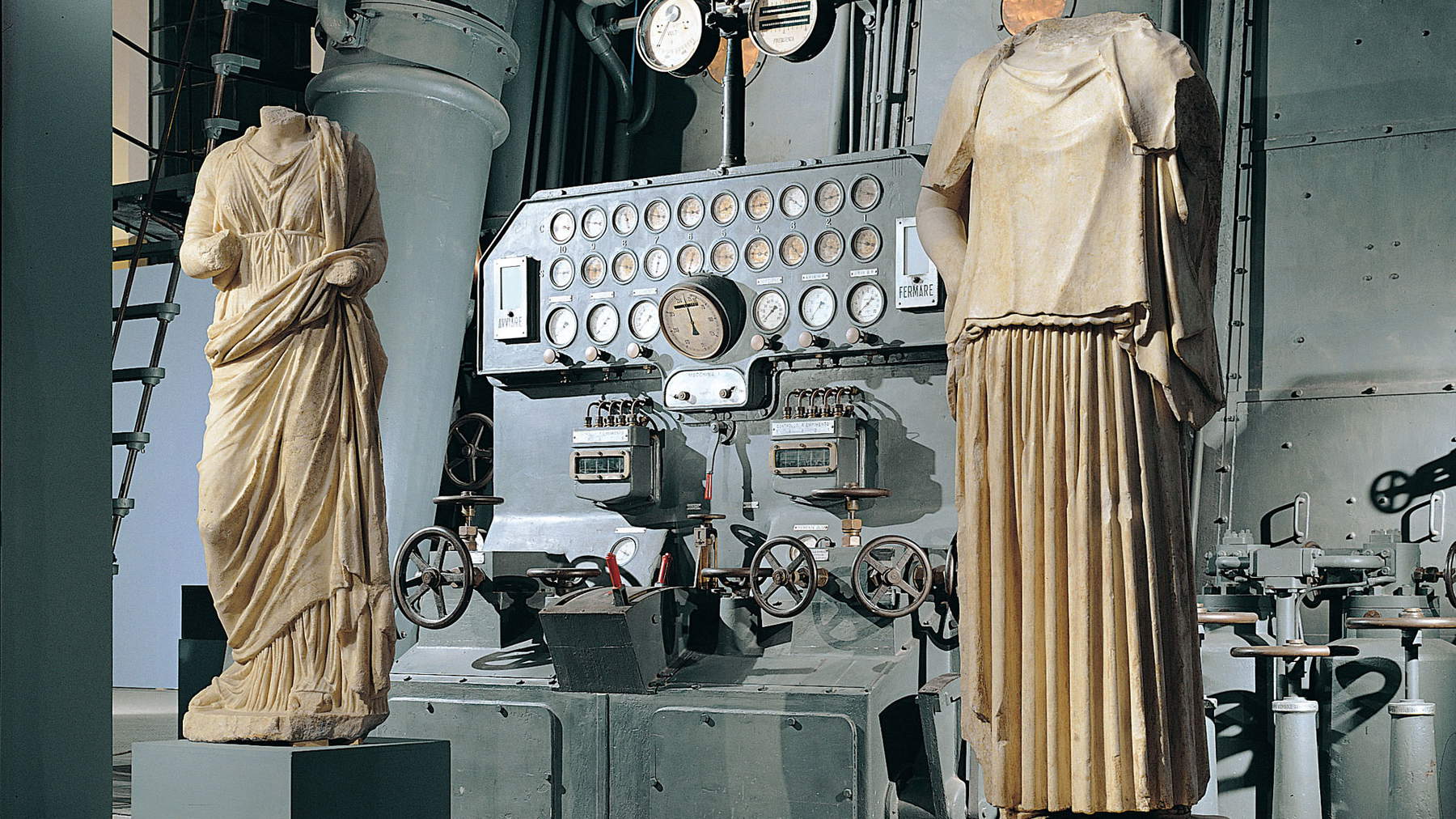 Centrale
Centrale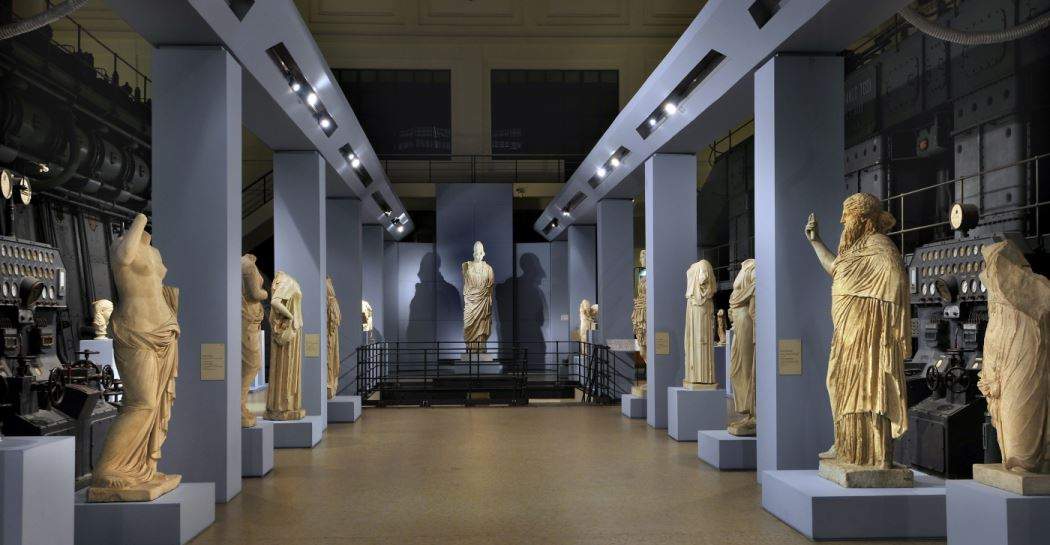
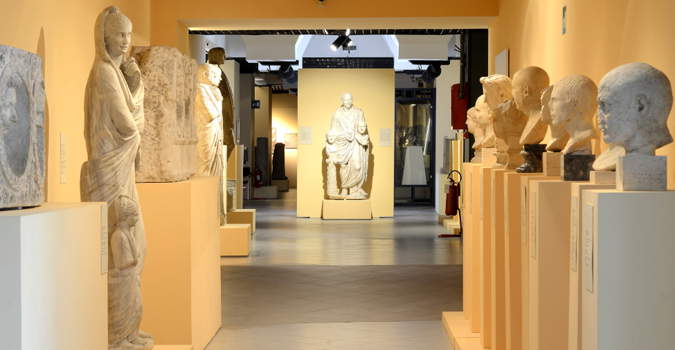
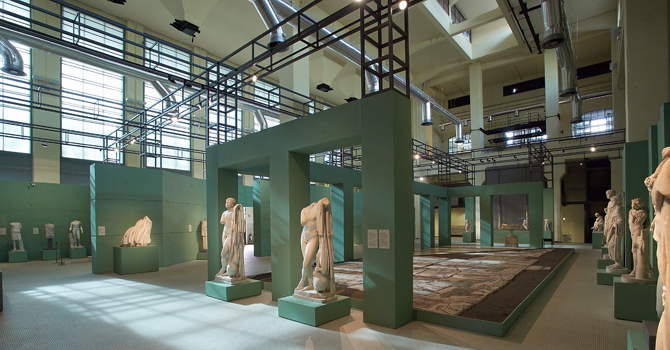
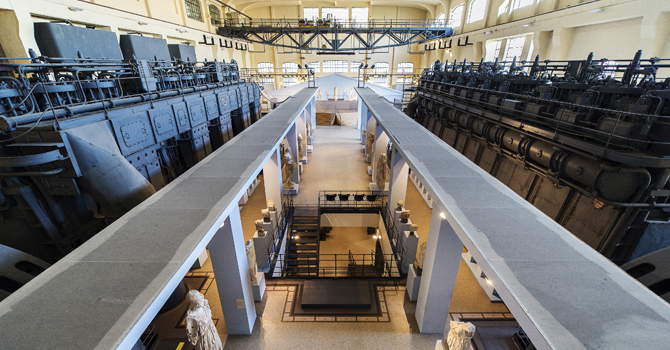
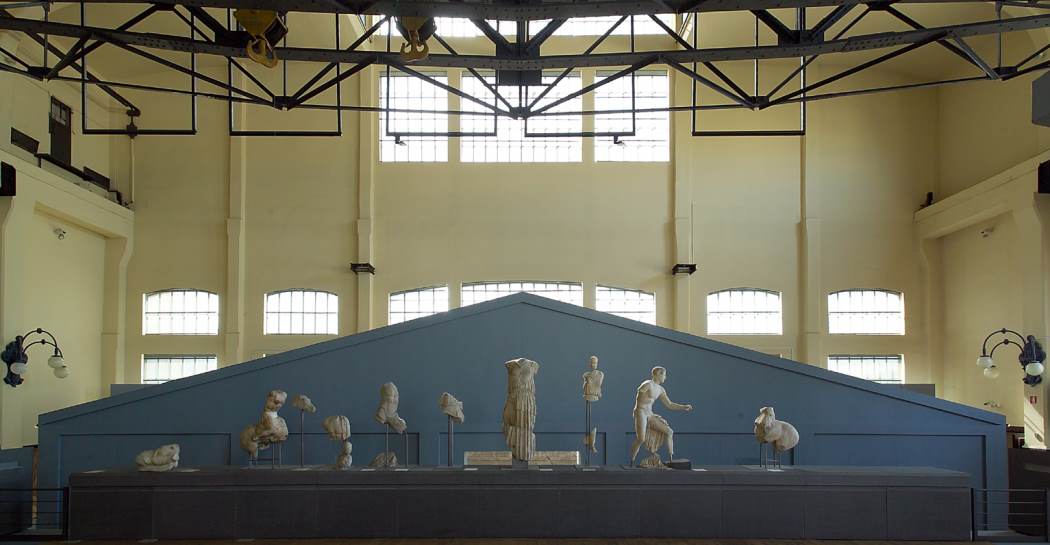
The museum is abnormally beautiful and engaging, for a museum in general and for an archaeological museum even more so, given the structural difficulty of making successions of ancient artifacts interesting to the uninitiated. The dialogue between “machines” and “gods”, in itself cacophonous, turns out to be, at the Centrale Montemartini, surprisingly harmonious, ending up leading the visitor to want to find out both who that emperor was whom he had never heard of, and how that huge steam engine behind him worked. And allowing different keys to reading and visiting: the archaeologist and historian or ancient art enthusiast will find some extraordinarily interesting works, Roman and even pre-Roman, consistently displayed according to the contexts in which they were found (which is not taken for granted in archaeological museums); the museologist will find bold display choices and as such analyzable and debatable, the visitor avuncular to the field will spend an hour or two visiting in a very different context than usual, much less oppressive than many field museums, surrounded by ancient art and early 20th-century machines, ending up drawing insights and curiosities for each different.
The exhibition itinerary deserves a brief mention. The entrance halls house temporary exhibitions, usually themed and aimed at enhancing specific fragments of the Capitoline collections. Next is the “column room” dedicated to Republican Rome. This is the most “normal” part of the exhibition, in the sense of being contained in rooms with monochrome walls in line with trends in contemporary museography. But it is only the next two rooms, the Machine Room and the Boiler Room, that are the defining part of the museum. The Engine Room is the most striking and unique: a series of statues, busts and heads are arranged along the two huge machines (two Franco Tosi diesel engines), restored and intact, establishing a game of magnificent interchanges, deliberately centered on each other’s monumentality. In the background are the statues that made up the pediment of the Temple of Apollo Sosianus, Greek originals from the 5th century B.C. (unlike the bulk of the collection, dated between the 2nd century B.C. and the 3rd century A.D.) reused in Rome following spoliation. In the Boiler Room, dedicated to private residences of the imperial age, the comparison between twentieth-century machines and antiquities is less tight due to some monochrome panels that surrounded the lower part of the room. Mosaics, magistrates, deities and, at the bottom, a steam turbine (equipped with two Tosi-Steinmüller boilers) purchased in the late 1930s, and which made it necessary to build the new hall, can be found here. There are many stories in these rooms for those who would like to discover them, for many of the exhibits, all with appropriate captions, are unique or rare in the Roman world: statues of heroized anonymous magistrates, of maidens, of emperors and gods, of fauns and satyrs. But also funerary monuments and the trousseau of a little girl, Creperia Tryphaena, capable of bringing sorrow to the family at the time of her death, which occurred around 150 A.D., as well as amazement in the Prati district at the time of her discovery in 1889: the deceased was in extraordinary state of preservation, according to the writings of the time, and we can still see her wooden doll. Once more, distant past and recent past converse in the museum. Many of these stories are told in the online catalog museum, for those who will want to prepare for their visit. But for many visitors, getting lost among machines and gods will suffice.
Magnificent intruder in the exhibition, but actually coherent in this dialogue between two different pasts, the sumptuous train made by Pope Pius IX in 1846, which ended up set aside after the unification of Italy, but preserved and restored along with the furnishings. It finds space, along with a detailed account of its history, in the second Boiler Room.
The Centrale Montemartini is not a museum that is a destination for large tourist flows, and you will rarely find a crush: a pity, on the one hand, given its under-appreciated extraordinariness, a fortune on the other for those who will decide to visit it. Yet in the shadows it continues to shine, and it deserves a visit, five, ten, because it has something that no other exhibition venue will be able to give you, and that photographs do not fully render: the uniqueness of perfectly successful experiments.
Warning: the translation into English of the original Italian article was created using automatic tools. We undertake to review all articles, but we do not guarantee the total absence of inaccuracies in the translation due to the program. You can find the original by clicking on the ITA button. If you find any mistake,please contact us.




























